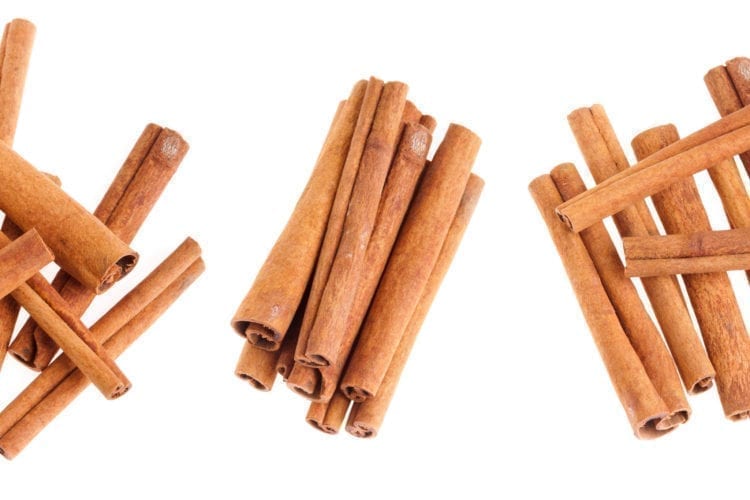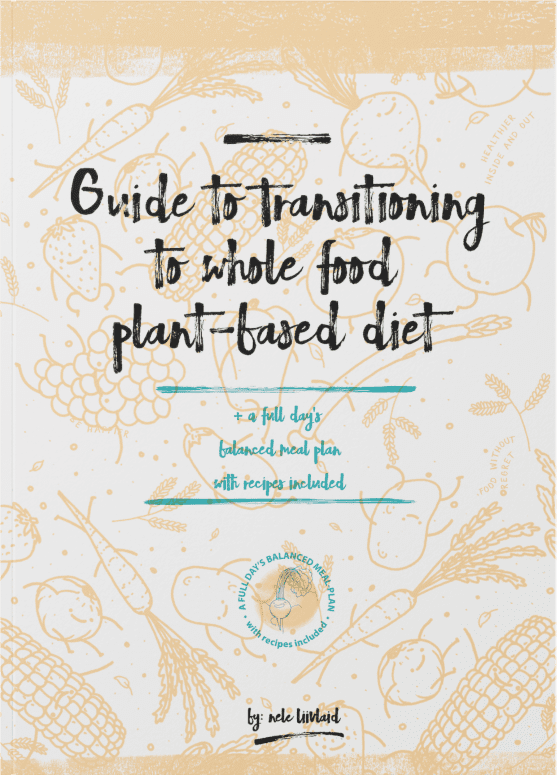Bloating, crazy mood swings, fatigue, acne and headaches are just a few of the up to 150 symptoms of PMS or premenstrual syndrome. PMS effects upwards of 90% of women at some time during their life and 30%-40% of women have PMS severe enough that it interferes with their daily activities. (1) This is why I often refer to PMS as Pissy Mood Syndrome!
Herbal medicine has a very strong place as a natural PMS helper. Below I’m sharing my top five medicinal herbs for PMS. Remember: always consult a qualified natural healthcare practitioner before starting any supplement or herbal regime.
1. Vitex
The vitex plant, found in Asian and Mediterranean countries, might be more familiar to you as the chaste tree berry or monk’s pepper. The dried fruit produced by the plant is used medicinally (slow-acting*) for PMS-related symptoms. (2)
Vitex is a safe and indispensable remedy for women with uterine fibroids. fibrocystic breasts, or endometriosis when recommended by their holistic health coach/practitioner. All of these conditions proliferate under the influence of estrogen and shrink under the influence of progesterone.
Vitex is thought to increase progesterone and to influence prolactin levels, which aid in treating the following ailments:
- PMS (breast tenderness, cramping, headaches)
- Female infertility
- Acne (especially related to menstrual cycle)
- Fibrocystic breast disease
- Heavy Menstruation
*allow three full cycles to work
2. Dong Quai
Dong quai aka angelica aka female ginseng (though it’s not a ginseng) is a fantastic female tonic herb. This herb is nourishing to the blood and could mildly balance mood. Do not use dong quai while you are menstruating, as it could create heavier flow. This fantastic herb could help with regulating the menstrual cycle, reducing pain and balancing overall sex hormones. (3) (4)
3. Raspberry Leaf
The raspberry plant is considered a ‘mother’ plant, which means the central ‘mother’ plant shields the smaller ‘baby’ plants, and fittingly, the plant itself contains numerous health benefits for women! Red raspberry is an excellent uterine tonic for all kinds of hormonal imbalances and ailments, which benefits overall uterine health. (5) We all know that a happy uterus goes a long way every 28 days! Most popularly used as a pregnancy herb, it was also used in ancient Greece and Rome to treat wounds. Red raspberry leaf tones the uterus, which can reduce labor and cramping, and the plant can also help reduce anxiety, diarrhea, and hot flashes. The most popular way to consume red raspberry leaf is by making a tea!
4. Dandelion Root
A super helpful herb for SO MANY things, dandelion root is another indispensable herb for PMS. Why? It helps to detoxify your liver. (6) Dandelion leaf has an affinity for your kidneys. Dandelion also provides essential nutrients for hormone balance such as vitamins A + C, iron, calcium, and potassium, plus some pretty sweet trace minerals. This herb is even better when combined with other liver-detox herbs and hormone balancers like milk thistle, burdock root and vitex.
5. Cinnamon
Balancing blood sugar is one of the four main roots that need to be addressed to get rid of PMS and balance sex hormones. Blood sugar balance often means reduced pain, no more mood swings and fewer cravings. Cinnamon is a widely used spice most people have in their pantry. Cinnamon contains manganese, fiber, iron and calcium, among other yummies. Cinnamon has long been touted for its blood-sugar regulating abilities (7) Cinnamon stimulates insulin receptors, increasing your body’s ability to use glucose (sugars from food). As little as 1/4 to 1/2 tsp of the spice could reduce blood sugar levels by 20% if they are high. (8) Cinnamon is also available as a supplement, which is especially helpful for medicinal use.
There you have it! Adding in one (or a few) of these fantastic medicinal herbs as tea, tincture or capsules in addition to a balanced diet, reduced stress and regular exercise could go a long way in reducing your PMS symptoms.
References:
- https://www.healingwithnutrition.com/pdisease/pms/pms.html
- http://www.ncbi.nlm.nih.gov/pubmed/24604699
- http://www.ncbi.nlm.nih.gov/pubmed/27211015
- http://www.ncbi.nlm.nih.gov/pubmed/24345498
- Gladstar, R. 1993. Herbal Healing for Women. New York: Fireside, book can be found here: https://www.amazon.ca/Herbal-Healing-Women-Rosemary-Gladstar/dp/0671767674/ref=sr_1_1?ie=UTF8&qid=1467058494&sr=8-1&keywords=herbal+healing+for+women
- http://www.ncbi.nlm.nih.gov/pubmed/25666961
- http://www.ncbi.nlm.nih.gov/pubmed/26732017
- http://www.ncbi.nlm.nih.gov/pubmed?Db=pubmed&Cmd=ShowDetailView&TermToSearch=17556692&ordinalpos=1&itool=EntrezSystem2.PEntrez.Pubmed.Pubmed_ResultsPanel.Pubmed_RVDocSum
Author bio:

Robyn Srigley is The Hormone Diva, a women’s holistic health coach. Robyn’s own journey with Polycystic Ovarian Syndrome (PCOS) jumpstarted her passion for helping women replace their anxieties with joy to open possibility in their lives and break free of hormonal imbalance. Robyn is the creator of Cramp Tea and Hot Flash Tea, is a regular contributor to Be Prepared Period.com and is featured on MindBodyGreen. You can find out more about her work at www.thehormonediva.com




































